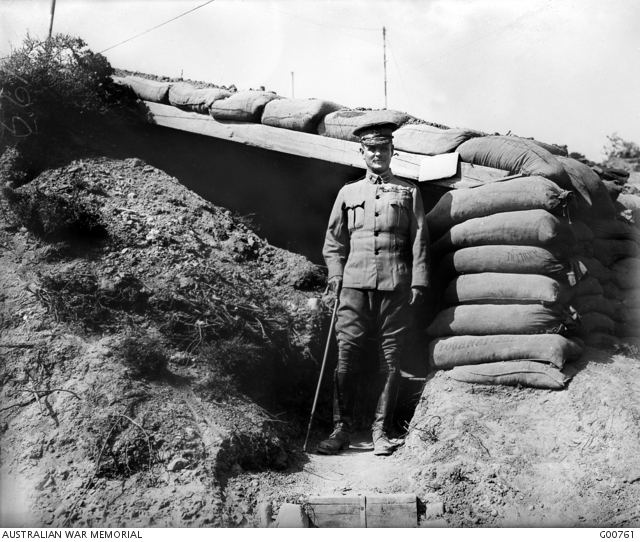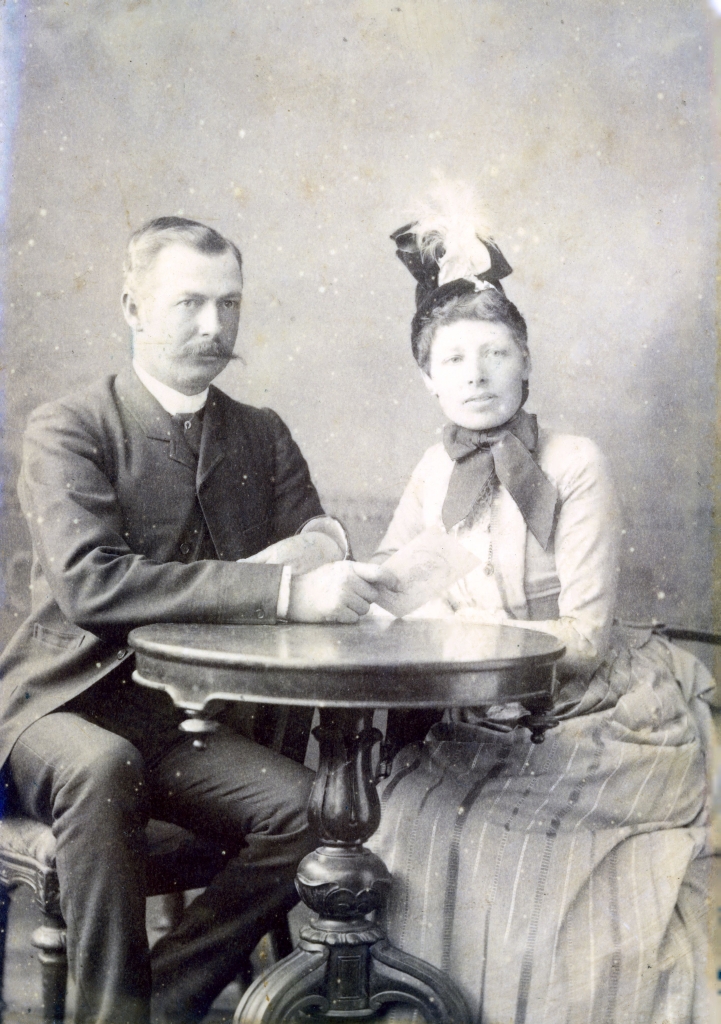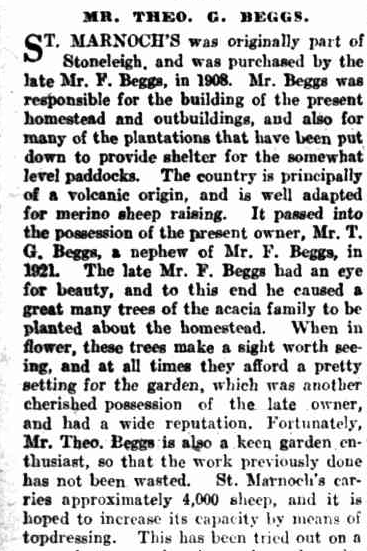My corner of the world, Victoria in southeastern Australia, is hot and dry. Its natural landscape is largely open eucalypt forest, much of it cleared to grassland for pasture. With vicious hot northerly winds blowing in from the barren interior, summer time means bushfires, some of them catastrophic. In 1851 fires burnt out 20,000 square miles, a quarter of the state; in 2009 fires destroyed 2000 square miles and killed 173 people.
From the 1890s to her death in 1904 my 3rd great grandmother Charlotte Crespigny nee Dana (1820-1904) lived at Eurambeen, a large sheep station in central Victoria, 58 kilometers from our town, Ballarat, and 9 kilometers west of Beaufort. On the station were her daughter Rose Beggs (1858-1937) and Rose’s husband Frank (1851-1921).
On 9 February 1900 Charlotte wrote to her daughter Ada about a bushfire that threatened to burn through Eurambeen:
… Ethel went with Tedo to the Ararat Races. She staid at [?]. Frank was going to take Con and Arthur and then at the last minute changed his mind. He is so afraid of a fire breaking out. After tea last night a great fire was seen near Tedo’s paddocks and there was no end of commotion. The horses had to be hunted up and the men, old Gibbie and Frank, set out for it, Con on his bicycle, Tedo’s men too, one of the farmers burning off a large paddock of stubble nearly a yrd high, with a heavy wind. The brute never gave any notice. Poor Rose stood out by the tank for hours in fear of its coming on the run and the men had to remain until it was all safe. There is a fire on the Mountain now.
Ethel Davidson (1878-1985) was a niece of Frank Beggs, the daughter of his sister Clamina Davidson nee Beggs.
“Tedo” is Theodore Beggs, brother of Frank
Con was Constantine Trent Champion de Crespigny (1882-1952), Charlotte’s grandson, Rose’s nephew, my great grandfather.
Arthur Mitchell Hale (1878-1961) was a first cousin of Constantine Trent Champion de Crespigny through his mother Annie Frances Crespigny nee Chauncy.
“Old Gibbie” is William Gibton, related by marriage to the Beggs family.
By ‘Mountain’ Charlotte meant Mount Cole, just north of Eurambeen. According to the Melbourne ‘Argus‘ a house and several haystacks were burnt down. Five thousand acres of cleared land was lost, and at Eurambeen, 130 acres of grassland.
Last week, 124 years later, bushfires were burning through Mount Cole again and Eurambeen was once more under threat. A thousand bushfire fighters have been brought in, supported by 25 water-bombing aircraft. Eurambeen is considered to be safe. The fire on Mount Cole and beyond is still burning.

Update: After a day of the most dangerous bushfire conditions since Black Saturday [2009 fires]: We had temperatures exceeding 40 degrees and wind gusts of 80km/h, we can now resume our business running weddings at Eurambeen Historic Homestead & Gardens. The fire burned through more than 22,230 hectares of bushland and properties in its path, destroying at least five homes. Our firefighters built more than 160 kilometres of containment lines.
Thank you to those amazing people.
Image used with permission
Related posts
- 170 years since the ‘Black Thursday’ bushfires in Victoria
- Trove Tuesday: 1905 Bushfire precautions
- Fires at Batemans Bay
- F is for Fire following Plague
- The wedding of Rose and Frank Beggs 3 Feb 1876
- St Marnocks
Wikitree:
- Charlotte Frances (Dana) Champion Crespigny (1820 – 1904)
- Helen Rosalie (Champion Crespigny) Beggs (1858 – 1937) Charlotte’s daughter Rose
- Francis Beggs (1851 – 1921) Rose’s husband
- Ada Isadora Champion Crespigny (1848 – 1927) Charlotte’s daughter
- Ethel (Davidson) White (1878 – 1975) Frank’s niece
- Theodore Beggs (1859 – 1940) Frank’s brother
- Constantine Trent Champion de Crespigny (1882 – 1952) Charlotte’s grandson, Rose’s nephew, my great grandfather
- Arthur Mitchell Hale (1878 – 1961) Con’s cousin
- William Henry Nassau Gibton (1838 – 1928) relative by marriage of the Beggs family











































